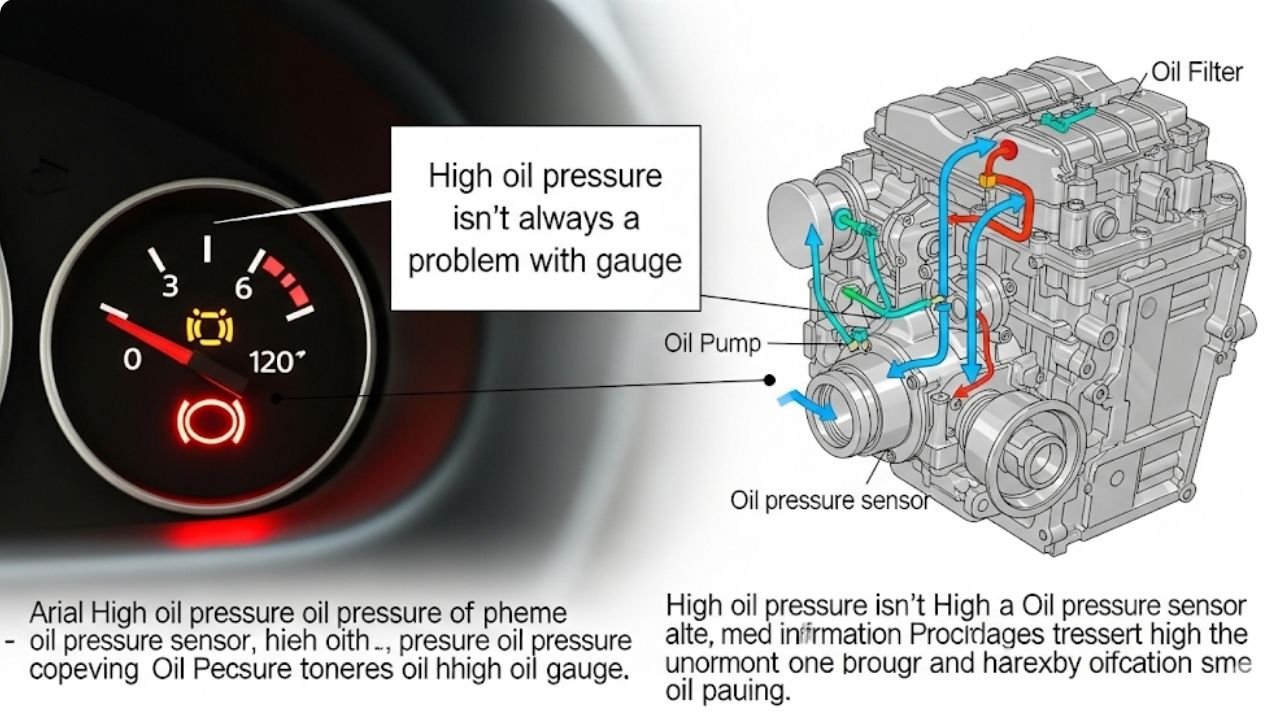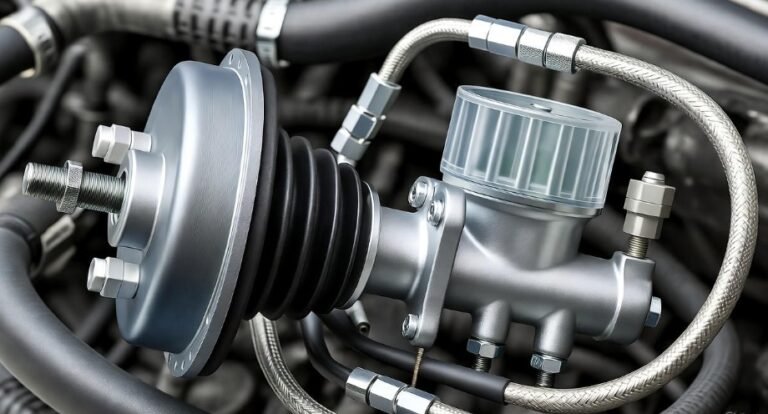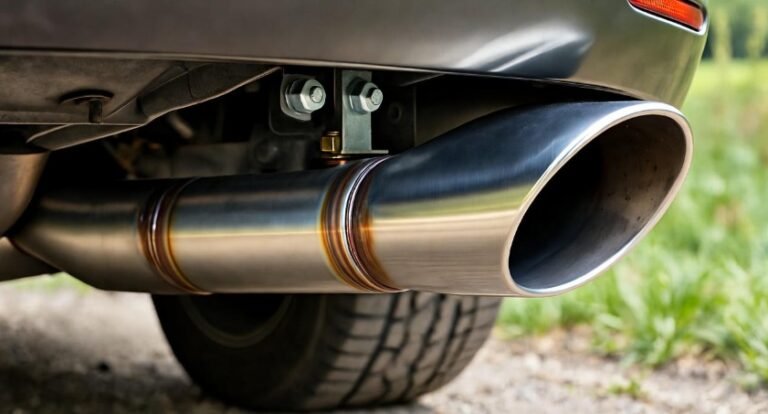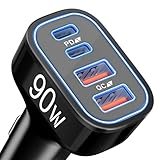Why High Oil Pressure in Car Isn’t Just a Gauge Problem

Have you ever been cruising down the road, vibing with your favorite playlist, and then suddenly — that oil pressure gauge needle shoots up? Panic mode, right? You’re not alone. It happened to me one hot afternoon on the Dhaka-Chattogram highway. At first, I thought it was just the heat. But nope — I was dealing with high oil pressure in car.
If you’re seeing this issue, don’t ignore it. Think of high oil pressure like your body’s high blood pressure. It might not hurt now, but it’s silently stressing the entire system. It’s your engine crying out for help, and today, we’re going to decode what it’s saying.
In this article, we’ll dive deep into:
- What is high oil pressure in car and why it matters
- Common causes and warning signs
- Real-world experiences and fixes
- Prevention tips you can start today
- Answers to FAQs car owners ask all the time
Understanding What Oil Pressure Really Does in Your Car
Oil is the lifeblood of your engine. It flows through narrow passages, lubricating moving parts, reducing friction, and cooling components. For this flow to work, it needs pressure — but not too much.
Think of it like watering your garden:
- Low pressure = weak drizzle (not enough to nourish your plants)
- Normal pressure = healthy stream
- High pressure = water hose gone wild, possibly damaging your flowers
So, when your car’s oil pressure is too high, it’s like using a fire hose on a bonsai tree. You’re not helping — you’re overwhelming.
Ideal Oil Pressure Levels (in PSI):
| Engine Status | Ideal PSI Range |
|---|---|
| Idle | 20 – 30 PSI |
| Driving/Normal RPM | 40 – 60 PSI |
| Racing/High RPM | 60 – 70 PSI |
If your dashboard shows 80 PSI or higher for too long, especially while cruising, it’s time to investigate.
Causes of High Oil Pressure in Car: It’s More Than Just “Thick Oil”
Let’s bust a myth first — high oil pressure doesn’t just happen because your oil is too thick. While that’s one reason, many other things can mess with your engine’s circulatory system.
Most common culprits:
- Blocked oil passages: Dirt, sludge, or carbon buildup can narrow the pathways.
- Faulty pressure relief valve: This valve is designed to release pressure when it’s too high. If it gets stuck, pressure builds like steam in a pressure cooker.
- Wrong oil viscosity: Using 20W-50 in an engine that needs 5W-30? That thick stuff can’t flow fast, causing pressure to rise.
- Dirty oil filter: If your filter is clogged, oil gets backed up.
- Faulty oil pump: A malfunctioning pump may push oil faster than it should.
- Cold engine and oil: Just started your car on a winter morning? High pressure might be temporary because oil thickens in the cold.
Real-Life Metaphor:
Think of your engine like a heart. If the arteries are clogged (sludge), or if the blood is too thick (wrong oil), the heart has to pump harder. That’s high oil pressure.
Symptoms That Signal High Oil Pressure in Car
Catching this early can save your engine — and your wallet. Here are the signs to watch for:
- Oil pressure gauge jumps too high: Often over 70-80 PSI at cruising speed.
- Engine feels “tight”: As if it’s working too hard or sounds louder than usual.
- Oil leaks or blown seals: Too much pressure forces oil through weak points.
- Check engine or oil warning light: If the sensor picks up abnormal readings.
- Burning oil smell: High pressure might cause oil to seep and burn on hot surfaces.
When I had this problem, my old Toyota started idling rough and had a weird burnt smell. I ignored it for a week, and boom — gasket failure. Lesson learned.
Diagnosing the Problem Like a Pro (or with a Mechanic Friend)
Before you jump to conclusions, rule out false alarms. Sometimes, it’s the sensor or gauge that’s faulty, not the pressure itself.
Steps to Diagnose:
- Check oil level: Too much oil = excess pressure.
- Look at the oil: Is it too thick, dirty, or sludgy?
- Use a mechanical gauge: Don’t just trust the dashboard reading. Get a second opinion from a real pressure gauge.
- Inspect the oil filter and pressure relief valve: If you’re handy, open it up and check for blockages.
- Scan for engine codes: OBD-II readers can reveal pressure-related issues or sensor errors.
Pro tip: If you’re unsure, any decent garage can do this diagnostic check for under $30.
Fixes for High Oil Pressure: From Simple to Serious
The right fix depends on what’s causing the issue. Here’s a breakdown by level of intensity:
Easy Fixes (Do-It-Yourself Level):
- Change the oil: Use the recommended viscosity (usually in your owner’s manual or oil cap).
- Replace the oil filter: Always change it when you change your oil.
- Don’t overfill: Drain the excess if you’ve poured too much.
Medium Fixes (Some Tools Required):
- Flush the engine: Use an engine flush product to clean out sludge.
- Replace the oil pressure sensor: These go bad after 80,000–100,000 km.
Serious Repairs (Mechanic Recommended):
- Replace the oil pump: If it’s over-pressurizing, it must go.
- Repair pressure relief valve: Might require removing the pump.
- Fix oil passages: If they’re blocked with hardened sludge or carbon, you might need a teardown.
Prevention: Keep High Oil Pressure in Car from Ruining Your Day
No one wants to see the oil gauge spiking right before a road trip. So let’s talk prevention — the part most drivers forget until it’s too late.
Quick Tips to Prevent High Oil Pressure:
- Always use manufacturer-recommended oil viscosity
- Don’t skip oil changes — every 5,000 to 7,000 km is ideal
- Warm up your engine, especially in cold weather
- Use high-quality oil filters (avoid cheap knock-offs)
- Clean your engine internally once a year (additives or flush)
- Monitor the gauge regularly — not just when something goes wrong
Causes and Fixes of High Oil Pressure
| Cause | Symptom | Fix |
|---|---|---|
| Wrong oil viscosity | Pressure spikes at startup | Drain and refill with correct oil |
| Blocked oil passages | Consistent high pressure | Engine flush or teardown |
| Faulty oil pump | Loud engine, leaks | Replace pump |
| Dirty or clogged oil filter | Pressure fluctuates | Change filter |
| Malfunctioning pressure valve | Needle stuck high | Replace valve |
| Cold weather oil thickening | Only high pressure at start | Let engine warm up before driving |
Real-World Story: “My Car Had a Silent Killer”
Last winter, my cousin Arif was driving his Mitsubishi Lancer when he noticed the oil pressure gauge in his car hit 90 PSI. It was a cold January morning, and he brushed it off. By week’s end, the rear main seal had burst, oil sprayed everywhere, and the engine eventually seized.
All of that started from ignoring a simple warning — high oil pressure in car. That’s why we stress awareness and early action. Your engine gives signs. Listen to them.
Common Myths About High Oil Pressure
Let’s clear the confusion:
- Myth: “More oil pressure means better protection.”
- Truth: Too much pressure can damage seals and bearings.
- Myth: “Thicker oil is always better in old engines.”
- Truth: Wrong viscosity can raise pressure and cause more harm.
- Myth: “The gauge isn’t accurate, ignore it.”
- Truth: It might be faulty — but never ignore a persistent reading.
Digging Deeper: Long-Term Maintenance Tips to Keep Oil Pressure in Check
Taking care of your engine is like caring for your health. Prevention always costs less than repair. These steps may seem simple, but when done regularly, they extend your engine’s life and prevent high oil pressure from sneaking up on you.
Long-Term Prevention Habits:
- Stick to scheduled oil changes: Don’t wait for the oil to get jet black or sludgy. Replace every 5,000–7,000 km or as recommended.
- Choose the right oil grade: Check your owner’s manual. Most modern engines use 5W-30 or 0W-20. Older engines might need heavier oil, but never guess.
- Warm up your engine: Especially during winter. Cold oil is thicker and raises pressure.
- Keep engine internals clean: Add engine flush additives once or twice a year to dissolve sludge.
- Monitor dashboard readings: Don’t ignore the oil pressure gauge or check engine light.
- Don’t overfill oil: Too much of anything is bad — even oil.
By maintaining these habits, you’re not only preventing high oil pressure in car, but also increasing fuel economy and engine performance.
Emotional Side: The Price of Ignoring Engine Warnings
Let’s take a pause and talk emotionally — car problems can be stressful. They disrupt plans, cost money, and make us feel helpless. But often, it starts with a small warning sign like a spiking gauge.
When my friend Mehreen ignored her oil warning light because she “just had an oil change,” her engine overheated and seized on a weekend trip. That small decision ended up costing her over $1,000 and a ruined holiday.
The truth is: our cars talk to us. Not in words, but with sounds, lights, and gauges. We just have to listen.
So if your oil pressure is high, take it seriously. It’s not always a big problem — but it could become one if left alone.
Owner’s Quick Guide: What to Do if You See High Oil Pressure in Car
Here’s a step-by-step guide you can save or print:
- Pull over safely if you see oil pressure above 80 PSI and your engine sounds off.
- Turn off the engine and let it cool.
- Check oil level with the dipstick. Is it too high?
- Check the oil color and texture — too dark or gritty? It needs a change.
- Restart and observe the gauge. If it spikes again:
- Drive to the nearest mechanic or call roadside assistance.
- Request a diagnostic scan and mechanical gauge test.
Remember: Some issues can wait a day. High oil pressure is not one of them.
Frequently Asked Questions About High Oil Pressure in Car
1. Is high oil pressure in car always bad?
Not always. At cold startup, oil pressure naturally rises. But if it stays high even after warming up or spikes while driving, it’s a red flag.
2. Can I drive with high oil pressure?
You can, but you shouldn’t. High oil pressure can cause leaks, blown gaskets, and severe engine damage. It’s like driving with high blood pressure — dangerous if left untreated.
3. What oil pressure is too high?
If your oil pressure gauge consistently shows over 80 PSI, especially during normal driving conditions, it’s too high. For most cars, 40–60 PSI is ideal when driving.
4. Will changing oil fix high oil pressure?
Yes — if the cause is using the wrong oil viscosity or dirty oil. But if the problem is mechanical (like a faulty oil pump or clogged valve), changing oil alone won’t solve it.
5. How often should I check oil pressure?
Your car does this automatically, but manually checking your gauge during startups and long drives is smart. If your vehicle doesn’t have a gauge, pay attention to oil warning lights.
6. Can a bad oil pressure sensor cause false readings?
Absolutely. Sensors can go bad over time, showing false high readings. Replacing a faulty sensor is inexpensive and often fixes phantom pressure issues.
7. Why is my oil pressure high only when accelerating?
This is actually normal to an extent. Oil pressure rises with engine RPM. However, if it spikes beyond 80 PSI or stays elevated at low RPMs, there may be an issue.
8. Will high oil pressure affect fuel economy?
Yes. An engine under stress consumes more fuel. Also, thicker oil or dirty filters reduce efficiency. So indirectly, high oil pressure does impact mileage.
Final Thoughts: Listen to the Pulse of Your Engine
Your car isn’t just a machine. It’s your daily partner — getting you to work, to loved ones, to freedom. When something feels off, even a small gauge spike, it’s worth your attention.
High oil pressure in car may start small, but it can lead to engine damage, leaks, or breakdowns if ignored. The good news? It’s often fixable — with simple checks and timely actions.
So next time that needle rises, remember: it’s not just oil. It’s your engine’s way of whispering, “I need your care.”
Be curious. Be cautious. And always be a listener — not just a driver.






